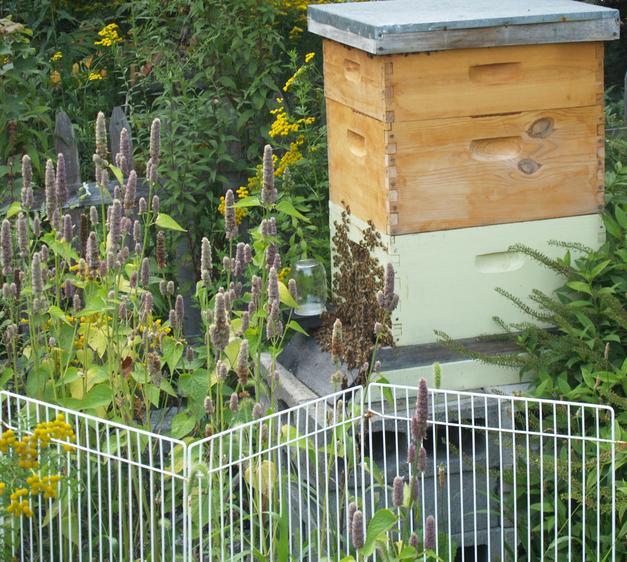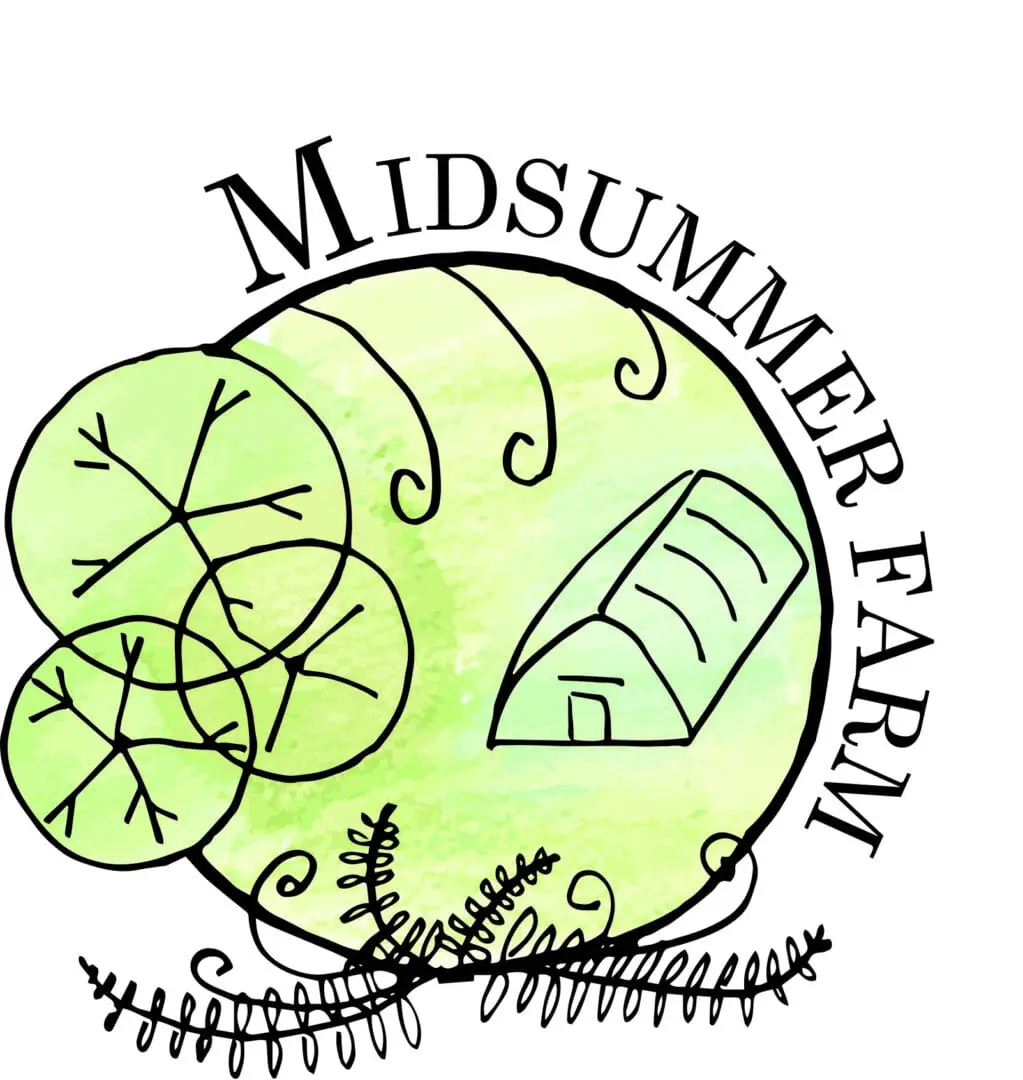
PERMACULTURE DESIGN PRINCIPLES
Permaculture is about creating human living arrangements that mimic nature. Part of permaculture design is becoming aware of how nature works on all its multi-faceted levels. This can be very complex and yet beautifully simple at the same time.
To help in your work at applying natural rules and patterns to your projects and designs, here’s a quick summary of some of the Major Permaculture Design Principles.
These can be applied for making decisions as well as in designing systems, businesses, farms, gardens, homesteads, etc. Each instructor and user of permaculture has a slightly different variation on these core principles, but they can all be credited back to David Holmgren’s work at better focusing and organizing the extreme complexity and depth of effects encountered when designing with nature.
The Permaculture Design Principles
1) Every site – big or small – is an individual and needs to be observed and treated as such. Interactions must be specific and customized to the site.
2) Resources and energy should be recycled or stored within each system. Make use of every chance for catching and storing resources. Don’t allow for waste.
3) The elements within your design must interact with one another – this is where diversity comes in – the connections between the elements create a healthy ecosystem. Elements will help one another and save time and effects.
4) Each element within your design should yield something.
5) And each element should also be useful in multiple ways. Plan for redundancy and backups.
6) Make diversity a focus – biodiversity, yield diversity, resource diversity. Don’t plant a crop – plant a guild or community of crops.
7) Work smart not hard.
8) Don’t depend solely on fossil fuels for energy; use appropriate tech. Make yourself aware of renewal resources available.
9) Learn from your mistakes and turns problems into solutions. Use issues as learning experiences. Problems provide an opportunity for creativity. Too many options or too much resource can stifle creativity.
10) Choose and prioritize systems that are small and intensive and as diverse as possible.
11) Optimize the edges – these are always the most exciting places within a design.
12) Work circularly, recognize the multiplicity of connections and interactions, keep the long-term succession process in mind. Avoid linear, over-simplified thinking patterns.
13) Building the ecosystem is just as important as getting a harvest of crops.
14) Be ready to change gears and be responsive to changes.
We will be applying these Permaculture Design Principles in creating projects that restore and build the environment, support nature, and allow humans to live well and abundantly.


